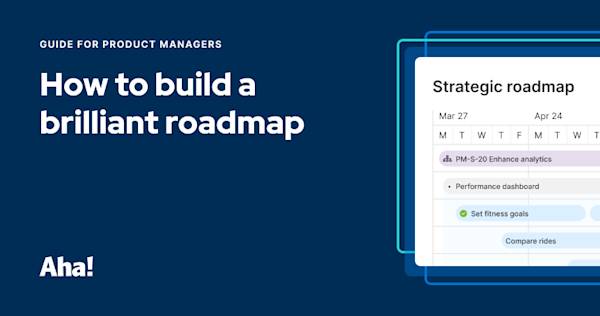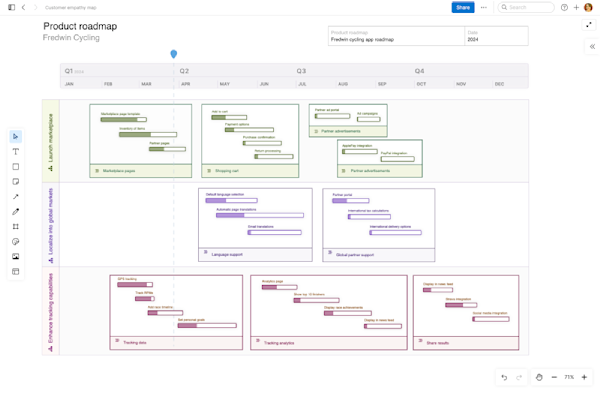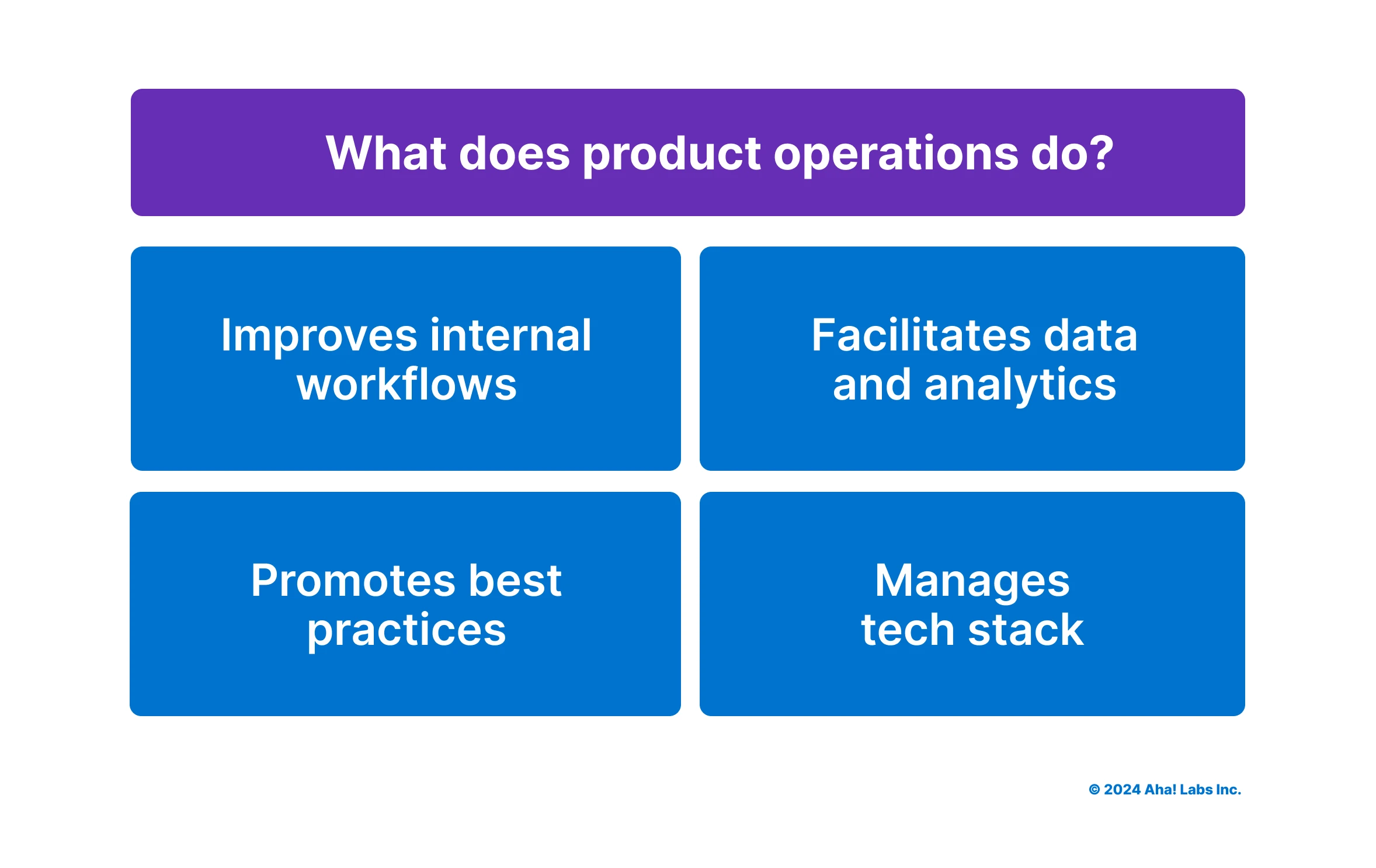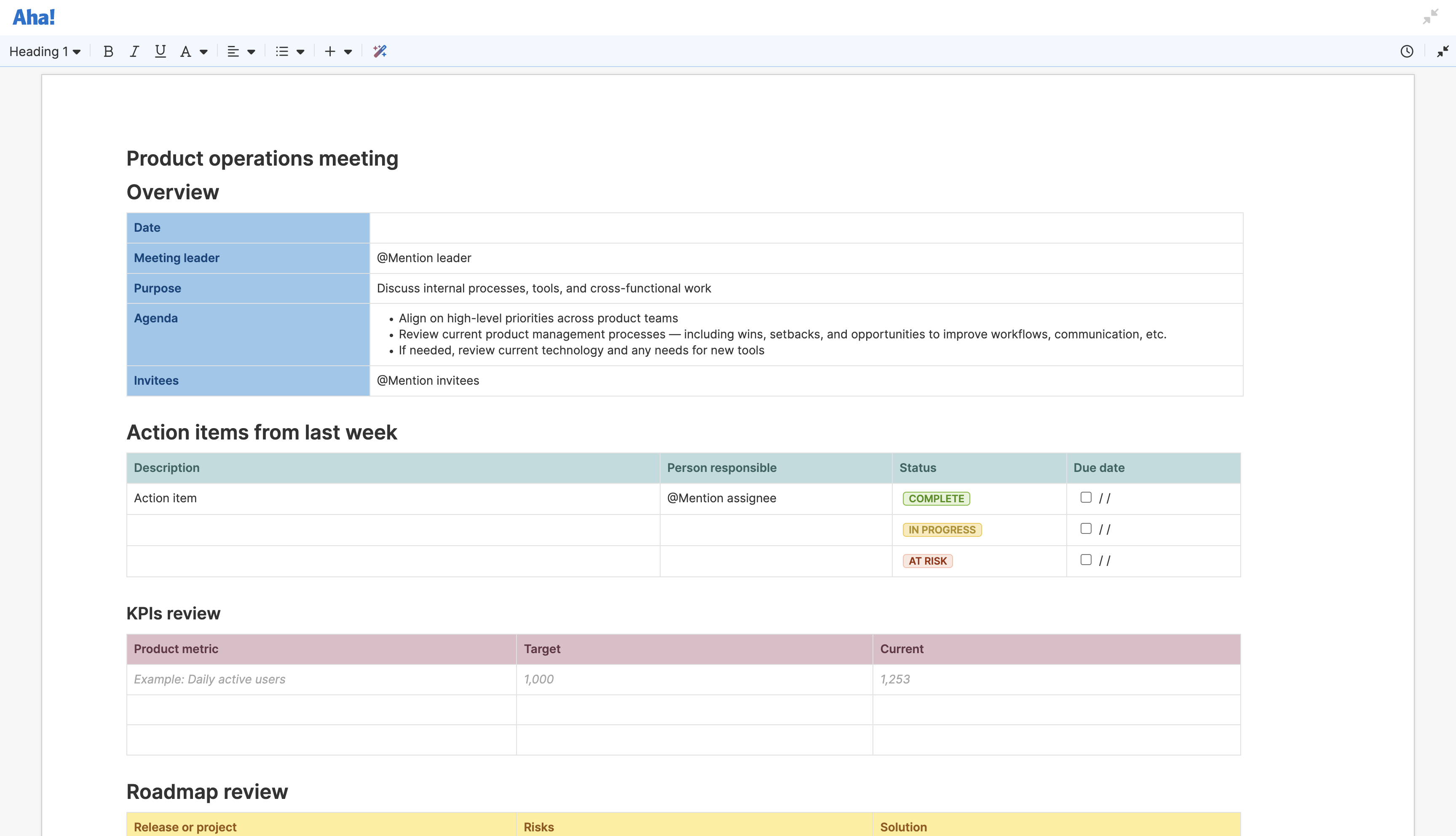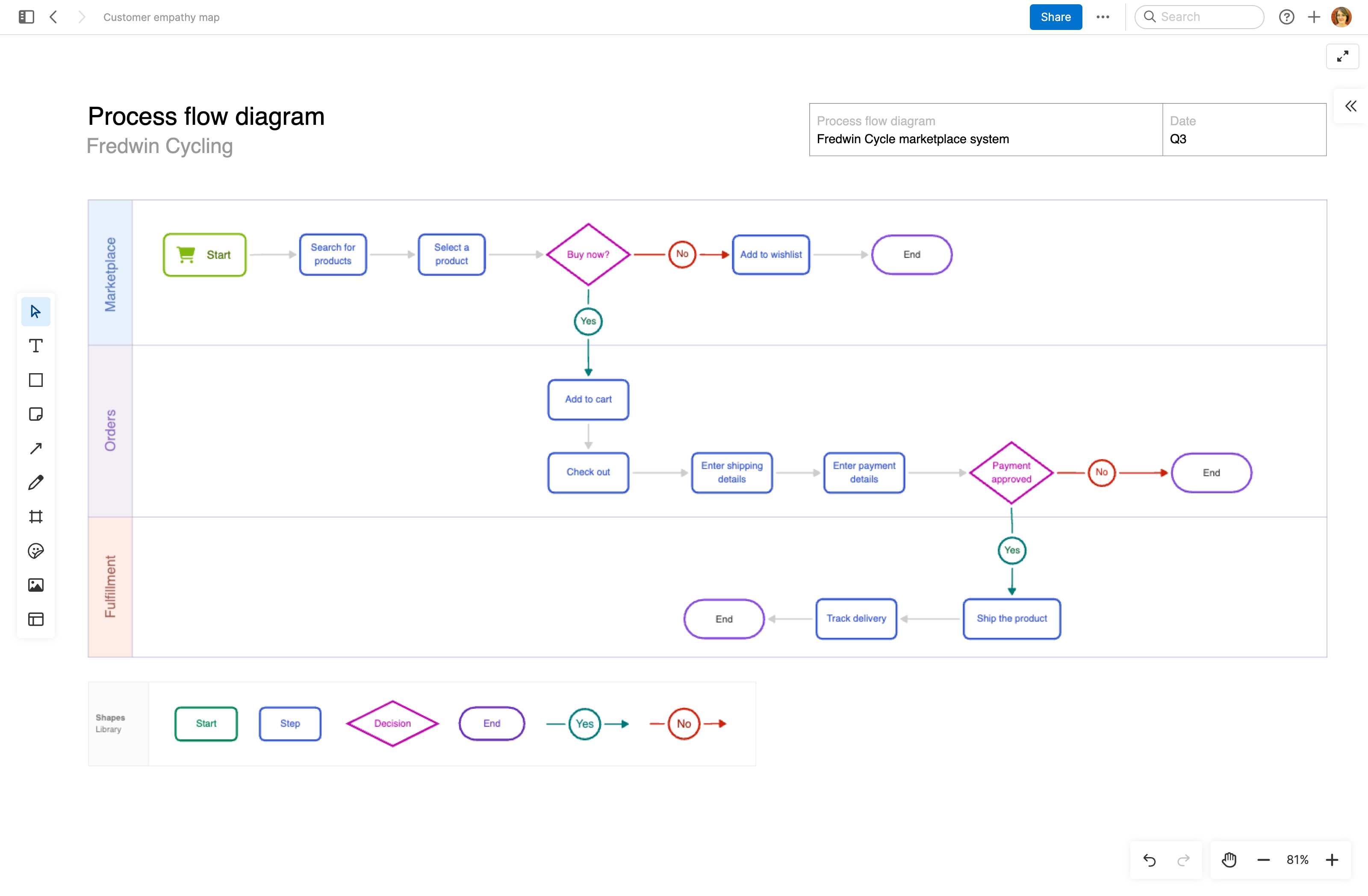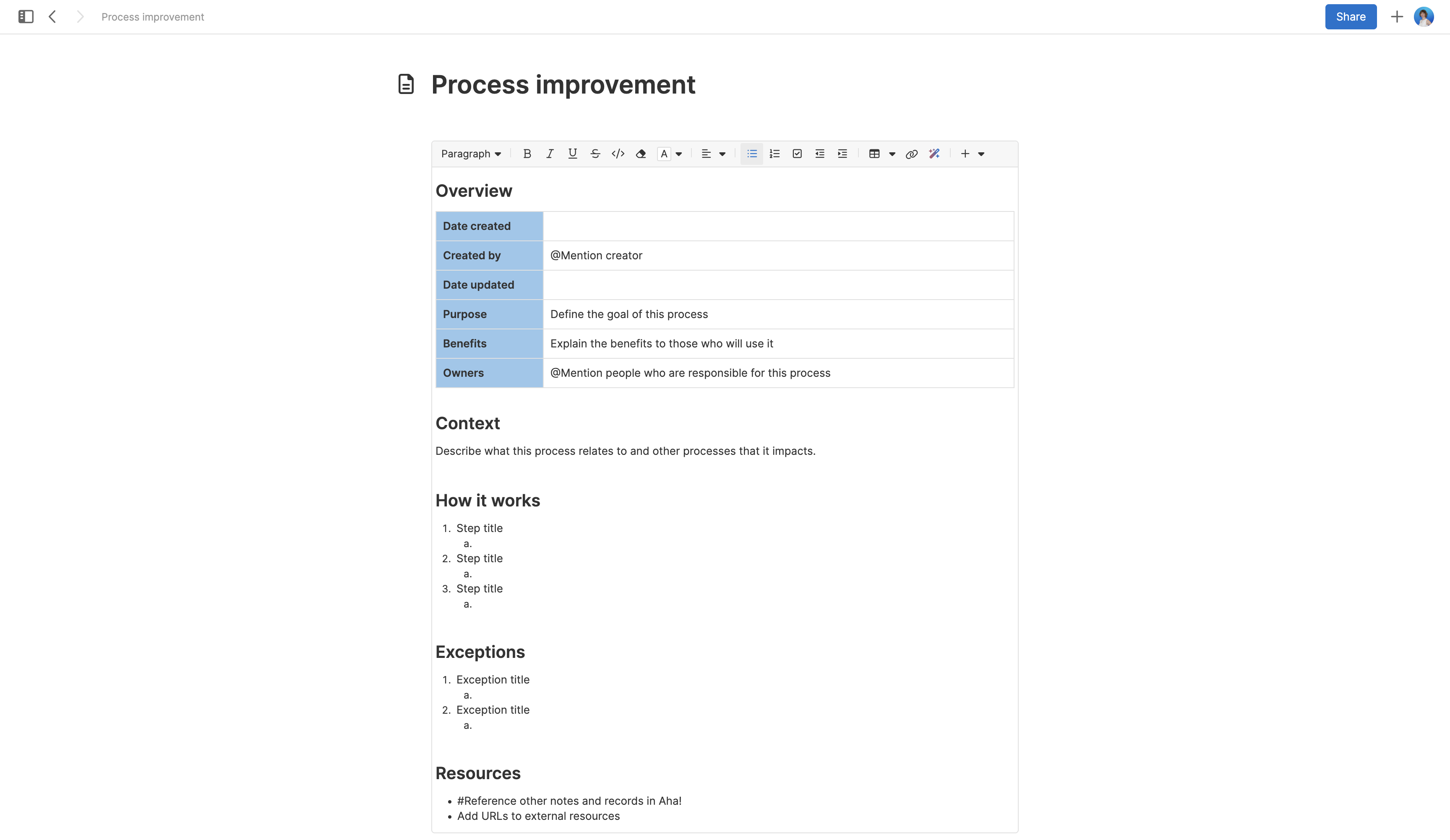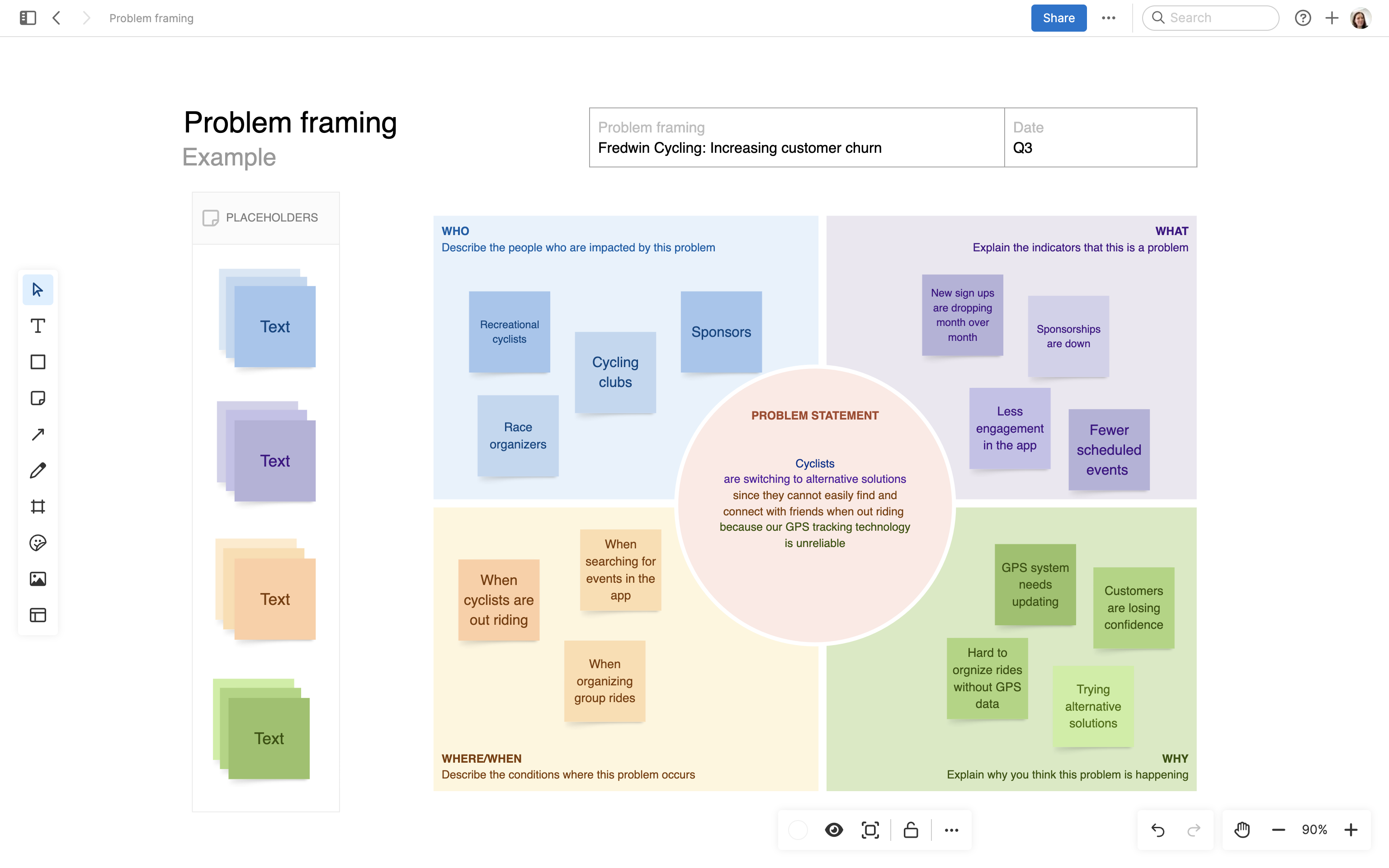Improve internal workflows
Product operations works closely with product, engineering, and customer support teams to improve workflows — making it as seamless as possible for people to collaborate and get work done. To accomplish this, product operations managers identify areas where work breaks down and create repeatable processes to simplify daily tasks.
Here are some examples:
Meet with product, engineering, customer support, and other team leads to understand current roadblocks
Create standardized templates for things such as product requirement documents and meeting notes
Spot the root cause of bottlenecks and explore solutions to address capacity constraints
Identify ways to save time on routine tasks such as collecting user feedback and roadmapping
Working with a cross-functional product group requires tight coordination to avoid chaos. This is where product operations shines by helping everyone understand how the team works best together. Product operations encourages best practices that drive alignment on how work is completed throughout product development — strengthening overall team performance.
Here are some examples:
Develop and maintain internal documentation on product team roles, responsibilities, and workflows
Audit day-to-day practices for inconsistencies, then decide on a standardized approach
Establish set procedures for requesting work from another team
Train team members on best practices, including onboarding new hires
Facilitate data and analytics
Product operations helps the product team make the most of the data it collects. This includes data on customer acquisition, retention, and feedback as well as product usage. When businesses have thousands (or even millions) of customers, this can quickly become a mass of input with minimal insight. Product operations helps bring structure and clarity to reporting on product analytics — so you can quickly spot trends that will inform product decisions.
Here are some examples:
Organize ideas portals for more straightforward feedback analysis by segment, feature type, and so on
Build a reporting dashboard that displays live data on key product metrics
Implement systems for collecting and analyzing net promoter scores from customers
Enable automated reports delivered via email notifications
Manage the product team tech stack
A product team's tech stack can include software for collaboration, idea management, roadmapping, project management, and agile development. Product operations audits each solution to ensure everyone has the tools they need — adding or consolidating when necessary — and training everyone on how to use them. Product operations folks will also set up software integrations so work can flow freely between applications.
Here are some examples:
Collect feedback from team members on technology needs and evaluate new product development software
Administer the tech stack by managing user permissions, subscriptions, and renewals
Maintain the infrastructure within software tools to accelerate adoption and usage
Troubleshoot integration issues and unify work environments
Product operations plays a vital role in maximizing the efficiency of a multifaceted organization — empowering cross-functional teams to work more closely with one another and deliver exceptional products.
Top
Product operations roles and job titles
Product operations roles are increasing in volume and popularity. More than 49,000 folks have "product operations" in their job title on LinkedIn, and there are 2,361 job listings for product operations professionals in the United States. (In comparison, more than 4.8 million people have "product manager" in their title, and there are 8,889 product manager job listings.)
As with product management, there is more than one career path into product operations. People shift into product ops from business analysis, project management, and product management. It helps to perform a product-related function before you pursue a role in product ops so you deeply understand the processes you are meant to improve.
If you are searching for a product operations role or are considering adding some positions to your product team, here are the standard job titles you will see:
Vice president of product operations
Director of product operations
Product operations manager
Product operation specialist
Product operations analyst
Product data analyst
Product communications specialist
Process architect
Like product managers, product operations professionals solve complex problems for others. Product operations helps make the product development process as smooth and efficient as possible — so product teams can meet goals and deliver value more effectively.
It takes a great deal of effort and organization to achieve this level of operational success, but the right tools can help. A fully integrated product development suite keeps the whole product team connected in a unified software environment — so you can stay aligned as you take products from ideation to release.
Top
Templates that support product operations
A lot goes into successfully operationalizing things like team workflows and best practices. Our library of guided templates can make your life a bit easier. Here are a few purpose-built examples that support product ops work at any stage of the product development process.
Product operations meeting template
Many of your central responsibilities, such as ongoing workflow optimizations, are discussed within recurring meetings. Use this product operations meeting template to review performance, discuss priorities, and surface potential roadblocks with the broader product team.
